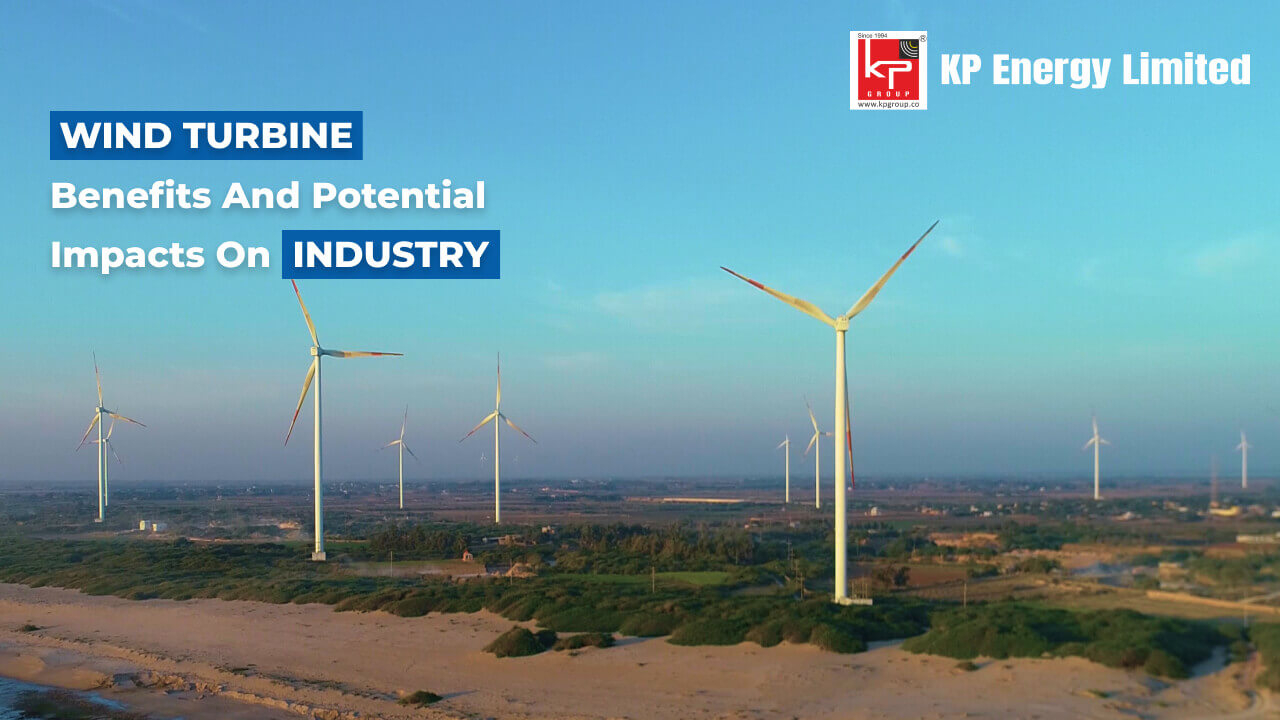If you spend time around industrial energy planning, you know the conversation is always about technologies, ROI, and sustainability. In all that, the real story can get lost. Wind energy is often talked about as clean or renewable, but the practical advantages of wind turbines are sometimes overlooked, especially for captive renewable energy.
The Tangible Edge of Wind Turbines
Wind turbines are more than structures on hillsides or coastlines. They can form the backbone of a long-term energy strategy. I have seen industrial sites where a well-sited turbine pays off faster than spreadsheets suggest. The benefits are not just about kilowatts produced. It’s about reliability, predictability, and independence. Relying fully on the grid can be stressful. Price spikes, supply issues, occasional blackouts. These mean lost production and lost money. Captive renewable energy avoids much of that. You generate your own power, control costs, and understand your energy footprint. Not all turbines are built for efficiency and that isn’t always bad. Sometimes flexibility and adaptability are more important. Industrial operators often benefit more from turbines they can adjust to production cycles than from chasing perfect efficiency.
Reducing Operational Costs in the Long Run
Wind turbine benefits usually show over years, not months. The upfront cost can feel high. But for industries using a lot of electricity, the savings add up. Companies using wind turbines for captive renewable energy often see lower energy bills in just a few years, sometimes sooner with a good site.
Maintenance is not the headache some make it out to be. Modern turbines and predictive maintenance reduce downtime. Compared to the unpredictability of grid electricity, owning a turbine is a hedge. You save money and avoid sudden spikes in costs.
Sustainability Without Compromise
Some companies see captive renewable energy as a PR exercise. But wind turbines offer real sustainability benefits. They reduce carbon emissions, cut fossil fuel use, and can qualify for incentives or tax benefits.
There is a psychological effect too. Teams in facilities powered partly by renewables often take pride in it. It becomes part of the company identity. That effect is rarely captured in spreadsheets but it matters.
Scaling With Confidence
Scalability is another advantage. Not every site needs a large wind farm. Smaller turbines can be added gradually, matching capital spending with growth. Captive renewable energy becomes easier to manage this way.
Integrating turbines forces a company to think critically about energy. Efficiency, demand management, and small process changes become more relevant. You stop treating energy as invisible overhead and start optimizing it. That’s where real long-term financial impact appears, beyond just kilowatt-hours saved.
Challenges Aren’t Deal-Breakers
Wind variability can be frustrating. Some sites are better than others. Storage adds complexity. These are challenges, not deal-breakers. With proper planning and integration, the benefits of wind turbines usually outweigh the downsides.
Companies that wait too long over minor technical issues often miss the bigger picture. Captive renewable energy is about strategic resilience. A turbine that doesn’t run at full capacity still lowers costs, reduces emissions, and gives independence from the grid.
Making the Case for Investment
Wind turbine benefits make captive renewable energy one of the few investments where operational improvement, sustainability, and financial sense align. Unlike some green initiatives, turbines produce measurable results quickly. It’s not just about being green. It’s about being smart. Early adoption positions companies for resilience and sustainability. They can manage energy crises without panic, show real carbon reduction, and gain a competitive edge from deliberate energy strategy.









